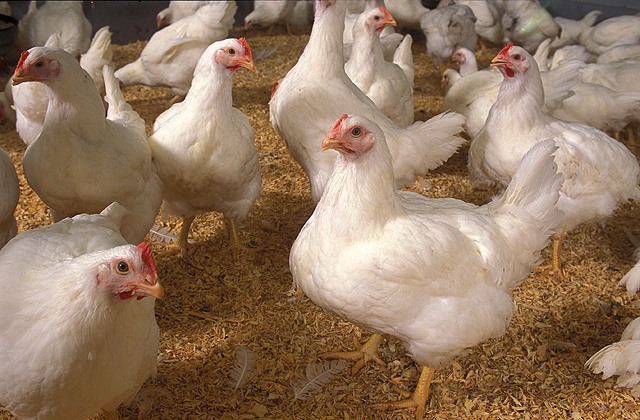By Julien Kanarek, regional category manager poultry, Adisseo, and Julie Duong, global solution manager poultry, Adisseo
Enterococcus cecorum is an emerging pathogen in poultry, posing significant challenges for farmers worldwide. This bacterium can cause severe infections, leading to lameness, decreased growth rates, and increased mortality, directly impacting the profitability and sustainability of poultry farms.
E. cecorum is typically part of the commensal microbiota of the intestinal tract, but certain strains possess virulence genes and therefore can cause severe systemic infections. It includes osteomyelitis, femoral head necrosis, spondylitis, and septicemia, leading to lameness, poor growth, and increased mortality.
Disruptions in the gut microbiota, due to stress, dietary imbalances, or antibiotic use, can lead to the overgrowth of E. cecorum. Furthermore, several factors like mycotoxins, heat stress, nutritional deficiencies, or concurrent infections can compromise the intestinal barrier, allowing bacteria to enter the bloodstream. This translocation can also lead to systemic infections which will significantly affect birds’ health.
Understanding the challenges faced by the poultry industry, Adisseo has developed solutions to address these specific issues by focusing on optimising gut health and integrity through three lines of defence: enhancing microbiome balance, strengthening the intestinal barrier, and supporting the gut’s immune system.
Building a Resilient Microbiome
Probiotics are beneficial microorganisms that promote optimal health status of the host. For that purpose, Adisseo offers Alterion probiotic, a unique Bacilus subtilis strain that supports the growth of beneficial bacteria and limits the growth of harmful pathogens like E. cecorum.
Butyric acid, a short-chain fatty acid, is known for its positive effects on the intestinal barrier. However, unprotected butyrate is rapidly absorbed in the upper part of the gastrointestinal tract, limiting its benefits.
Adisseo provides a range of solutions, including Adimix Precision and FRA Butyrin Hybrid, which deliver butyrate effectively to the intestinal tract. These technologies support the proliferation and differentiation of intestinal epithelial cells, reduce inflammation, and enhance nutrient absorption.
Research shows these protected forms of butyric acid maintain a healthier gut environment and reduce infection risks, further supporting poultry health and performance.
Controlling the Immune System
Lauric acid, a medium-chain fatty acid, has potent antimicrobial properties against intestinal pathogens. It can disrupt pathogen cell membranes, inhibiting their growth. Lauric acid also has immune-modulatory properties, enhancing gut health response. Adisseo has developed FRA C12 through extensive research, with the objective to deliver these active components to the gastrointestinal tract, limiting the development of pathogens.


